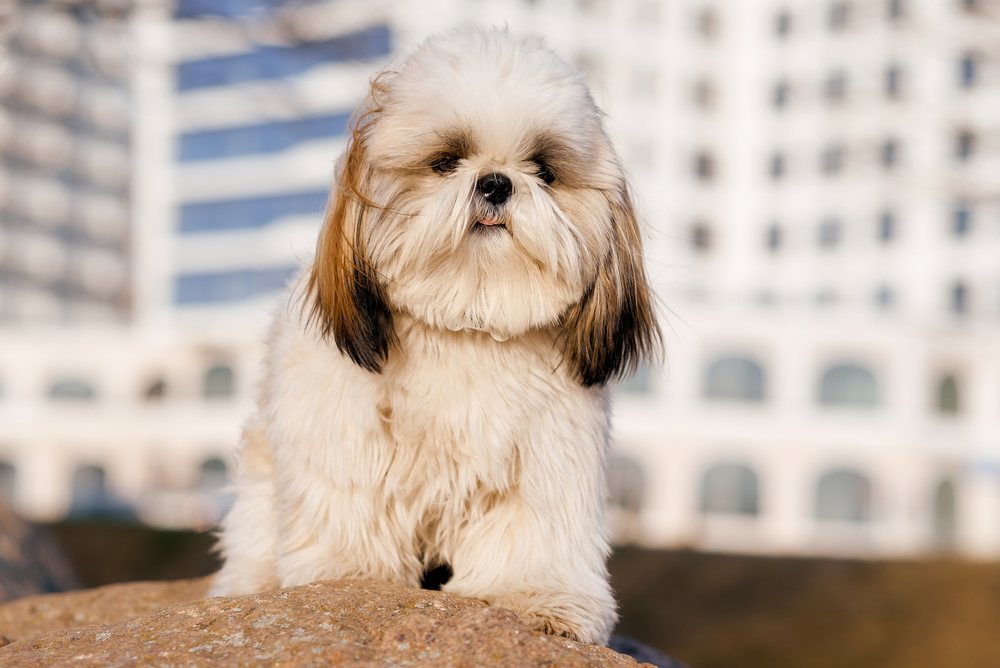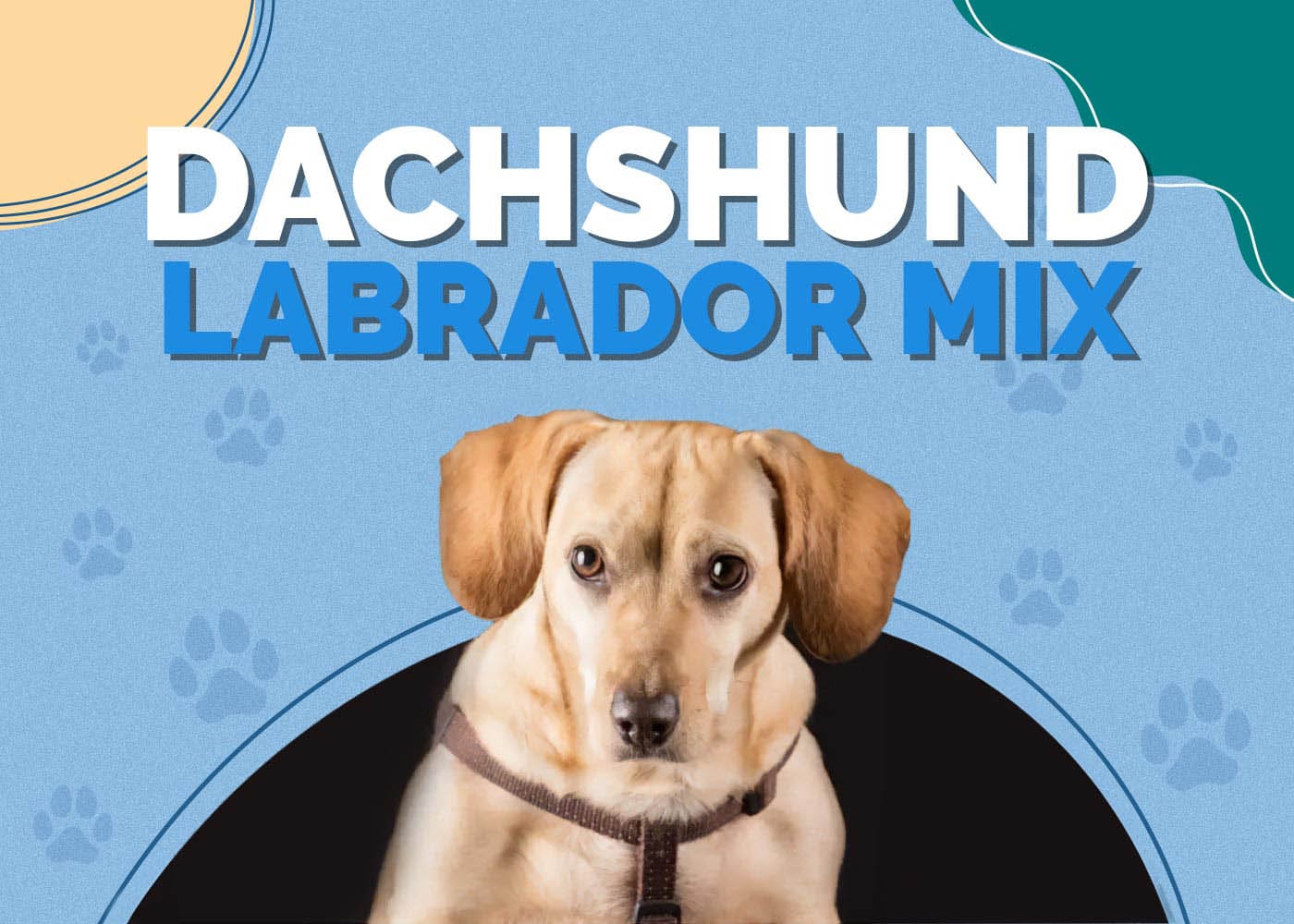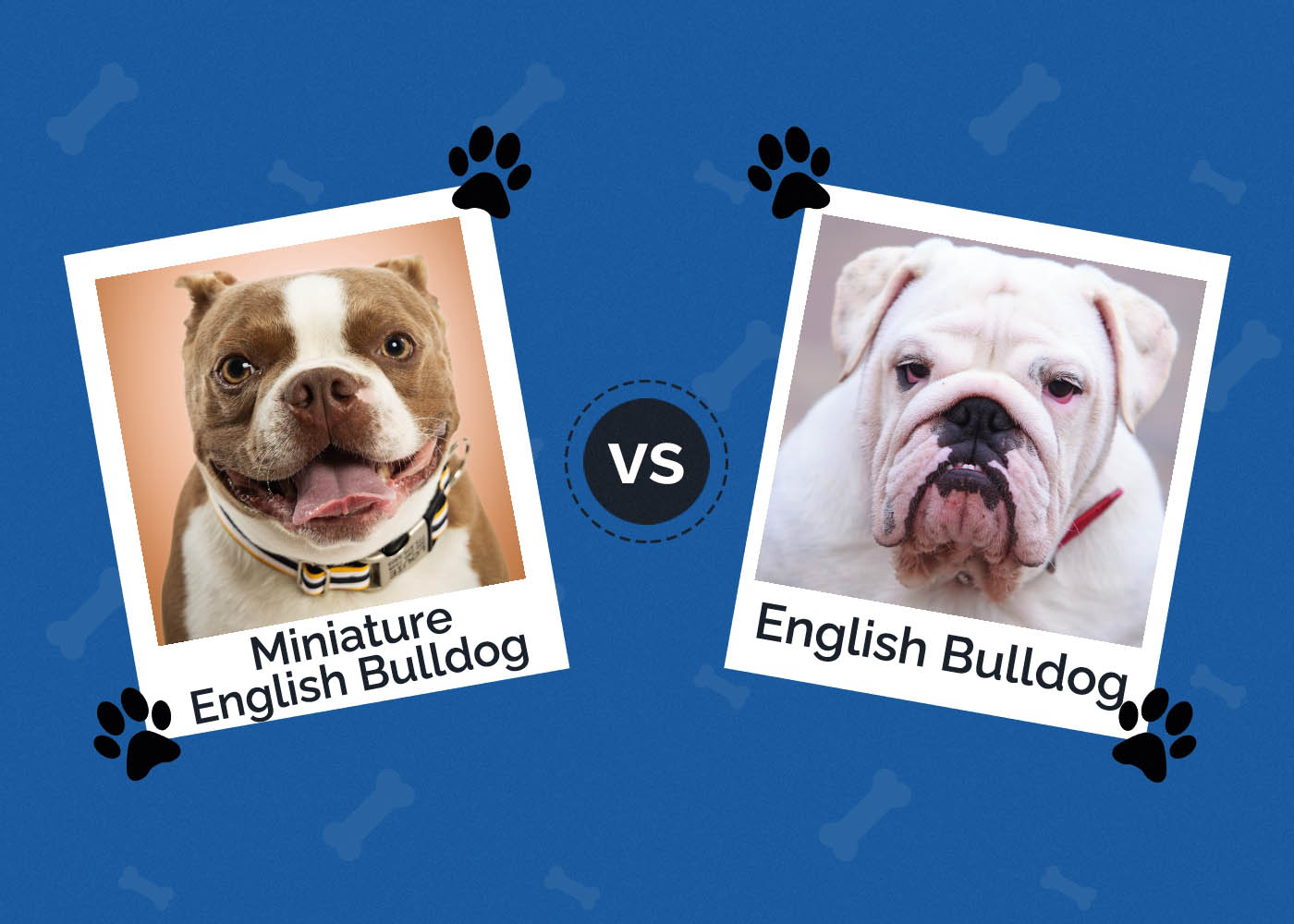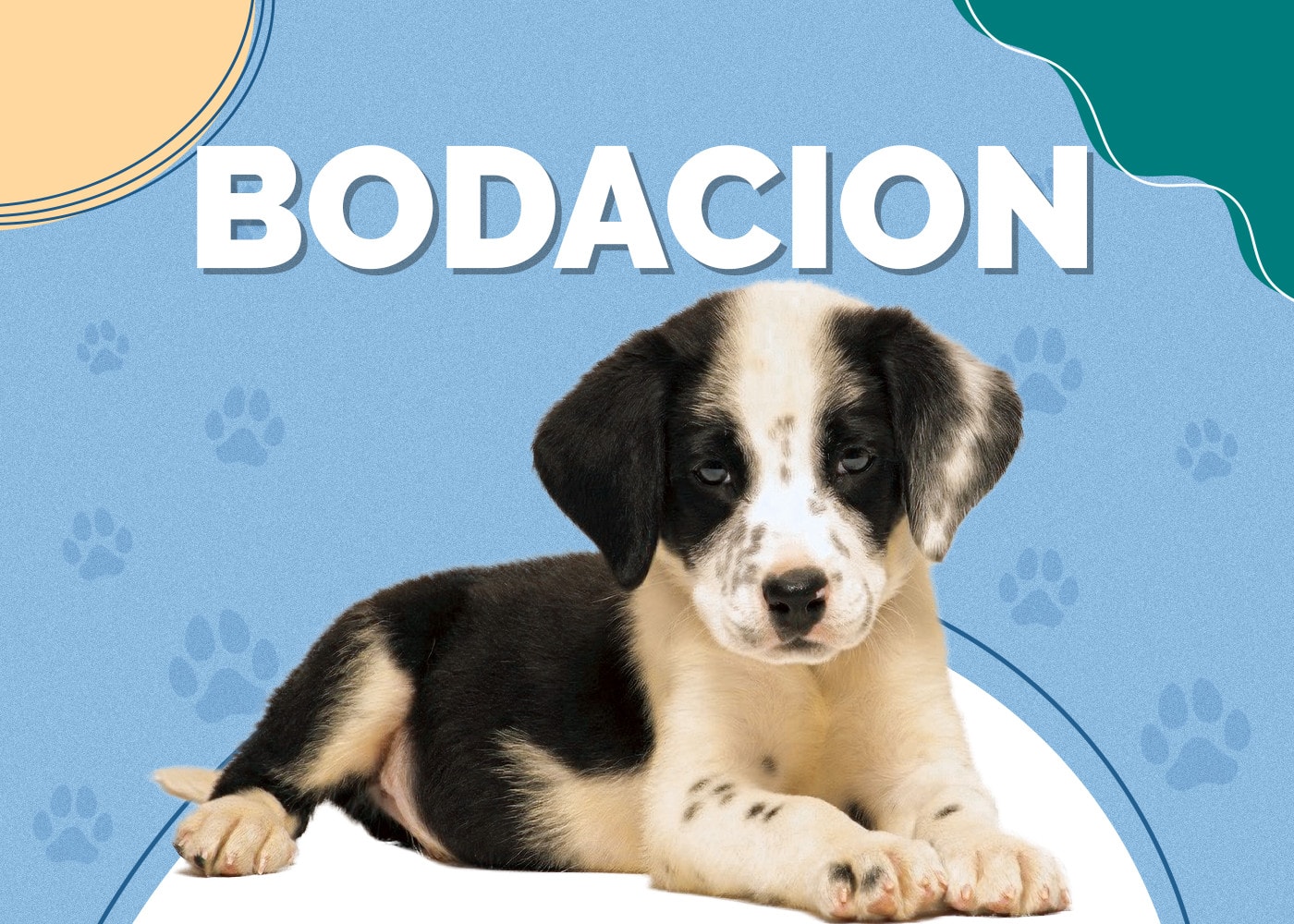Lhatese (Lhasa Apso & Maltese Mix) Info, Pictures, Facts, Traits

Updated on

| Height: | 10–12 inches |
| Weight: | 15–25 pounds |
| Lifespan: | 12–15 years |
| Colors: | White, black, beige |
| Suitable for: | Urban families, those looking for a hypoallergenic dog |
| Temperament: | Affectionate, friendly, gets along with other pets |
The Lhatese is a crossbreed between the Maltese and the Lhasa Apso breeds. This designer breed originated in the United States. Interestingly, despite the storied origins of its parent breeds, the history of the Lhatese remains largely unknown.
The Lhasa Apso originated in Tibet. Tibetan monks used them as guard dogs for their monasteries, especially those near a city called Lhasa. These dogs were also popular with noblemen who lived in or near the Himalayan city, who used them as lap dogs or watchdogs.
The Maltese traces its roots, unsurprisingly, from Malta. Despite being a toy dog, the Maltese looks regal and noble. Its long silky hair definitely helps with this image. Royals all around the world have had ties with this companion dog.
Existing records show these dogs being sold for as much as $2,000 back in the Middle Ages. With such a history, it is no surprise that the Maltese is currently one of the most popular breeds worldwide.
Lhatese Puppies
The Lhatese is a playful dog. This breed is energetic, but surprisingly, it does not require much exercise. On a scale of 1–5, the Lhatese scores highly for energy. However, Lhatese dogs require patience to train and are not recommended for first-time dog owners. They get an average score for trainability.
Designer dog breeds are usually bred to cancel out health issues that their parents have, making the Lhatese healthier and less prone to disease compared to their parent breeds. When well taken care of, this dog can live for up to 15 years.
In addition to the Lhatese’s good health and lifespan scores, they get an excellent score for sociability. Maltese and Lhasa Apso are friendly and affectionate dogs, traits inherited by most Lhatese pups. However, as with all dogs, Lhatese dogs need to be socialized early, preferably when they are still puppies. The social training should focus on eliminating negative behavior.
3 Little-Known Facts About the Lhatese Dog
1. The Maltese, one of the Lhatese’s parent breeds, has been around the Mediterranean for thousands of years.
2. For a long time, the only way a non-Tibetan would get their hands on a Lhasa Apso, the other parent breed of the Lhatese, was if the Dalai Lama gifted them one.
3. Egyptians thought that Maltese dogs had healing powers.

Temperament & Intelligence of the Lhatese🧠
The Lhatese is an energetic, playful companion dog. When socialized correctly from a young age, they are gentle and co-exist well with children and other pets. Despite their high intelligence, dogs of the Lhatese breed can be hard to train. This is because they inherit stubbornness from the Lhasa Apso, requiring patience and persistence from the trainer.
Dogs of the Lhatese breed might be small, but they make good watchdogs. They have keen hearing (inherited from the Lhasa Apso) and are naturally apprehensive of strangers. However, they are calm and somewhat clingy to people they are familiar with.
Unlike other dogs of its size, The Lhatese is not prone to separation anxiety and is perfectly suited to an apartment and urban life.
Are These Dogs Good for Families?🏡
Lhatese dogs are calm and gentle toward their owners and are eager to please. They might be stubborn, but when well-trained, they are obedient. Their small size makes it unlikely that they will accidentally knock over your toddler.
However, you might need to teach your children how to interact with the new pet. They must not poke, pull, bite, or taunt the dog.
Does This Breed Get Along with Other Pets?🐶 😽
They get along great with other pets, as they do not see smaller pets as prey and have no natural herding instinct.
Things to Know When Owning a Lhatese
You should always keep a few things in mind when you’re considering getting a new pet. If the pet you have in mind is a dog, then diet, exercise, training, grooming, requirements, and potential health conditions should influence your decision.
If your heart is set on the Lhatese breed, take heed of the following:
Food & Diet Requirements🦴
Always feed good quality dog food to your pet. It is important to stick to well-known brands because they have been tried and tested. Similarly, buy only from reputable sellers to guarantee that what you get is authentic. It is not uncommon to find counterfeit brands in the market.
One cup of food daily should be enough, served at least twice a day. Keep a close eye on your pet’s weight; overweight dogs can suffer from serious health problems.
Exercise🐕
Compared to other breeds, the Lhatese doesn’t need much exercise. This is not to say that you shouldn’t give them any exercise at all, however, as a sedentary lifestyle will cause them to grow overweight.
A few walks a day will be enough, but when the weather is not conducive, give them time to play and run around the house. Buy them toys to keep them mentally stimulated indoors.
Lhatese dogs are prone to congenital obstructive airway disease. This condition can be blamed on their flat snout, which can predispose them to breathing difficulties and ineffective core temperature control. For this reason, Lhatese dogs do not cope well in temperatures higher than 86 degrees Fahrenheit, and they should never be over-exercised.
Training🦮
Lhatese dogs are intelligent and enjoy spending time with their owner. However, most dogs of this breed inherit stubbornness from their Lhasa Apso parent, making them moderately difficult to train. The trainer needs to be firm, consistent, and patient, but they must avoid being harsh.
Grooming ✂️
The Lhatese has long fur that needs to be brushed daily to avoid matting. Only give them a bath when necessary, using approved dog shampoo. Some Lhatese dogs inherit tear stains under their eyes, meaning you should clean that area daily. Some owners opt to shave the fur under their eyes to avoid staining, but that is up to you.
The Lhatese rarely sheds, which is fortunate because their long hair would cause quite a mess. Brush your pet’s teeth a few times every week, and clip their nails once every fortnight.
Health Conditions❤️
The Lhatese is healthier than their purebred counterparts, but they still suffer from a few conditions. Kidney problems, patellar luxation, and eye problems are the more serious ones. Skin disorders will occur every once in a while but can be kept in check by good grooming.
Male vs Female
There are few differences between male and female Lhatese dogs. Female dogs will be slightly shorter (by an inch or two) and will probably cost more from the breeders. The choice is mostly down to preference. There are no documented differences in behavior.

Final Thoughts
The Lhatese dog is a good companion, guard dog, and lap dog. These dogs are well suited for apartment living and will hardly shed any fur during shedding season. Well-trained Lhatese dogs are friendly, affectionate, and loving.
See also:
- Dorkie (Yorkshire Terrier & Dachshund Mix): Info, Pictures, Characteristics & Facts
- Maltese vs. Maltipoo: What’s the Difference?
Featured Image Credit: Anton_Ilchenko, Shutterstock













